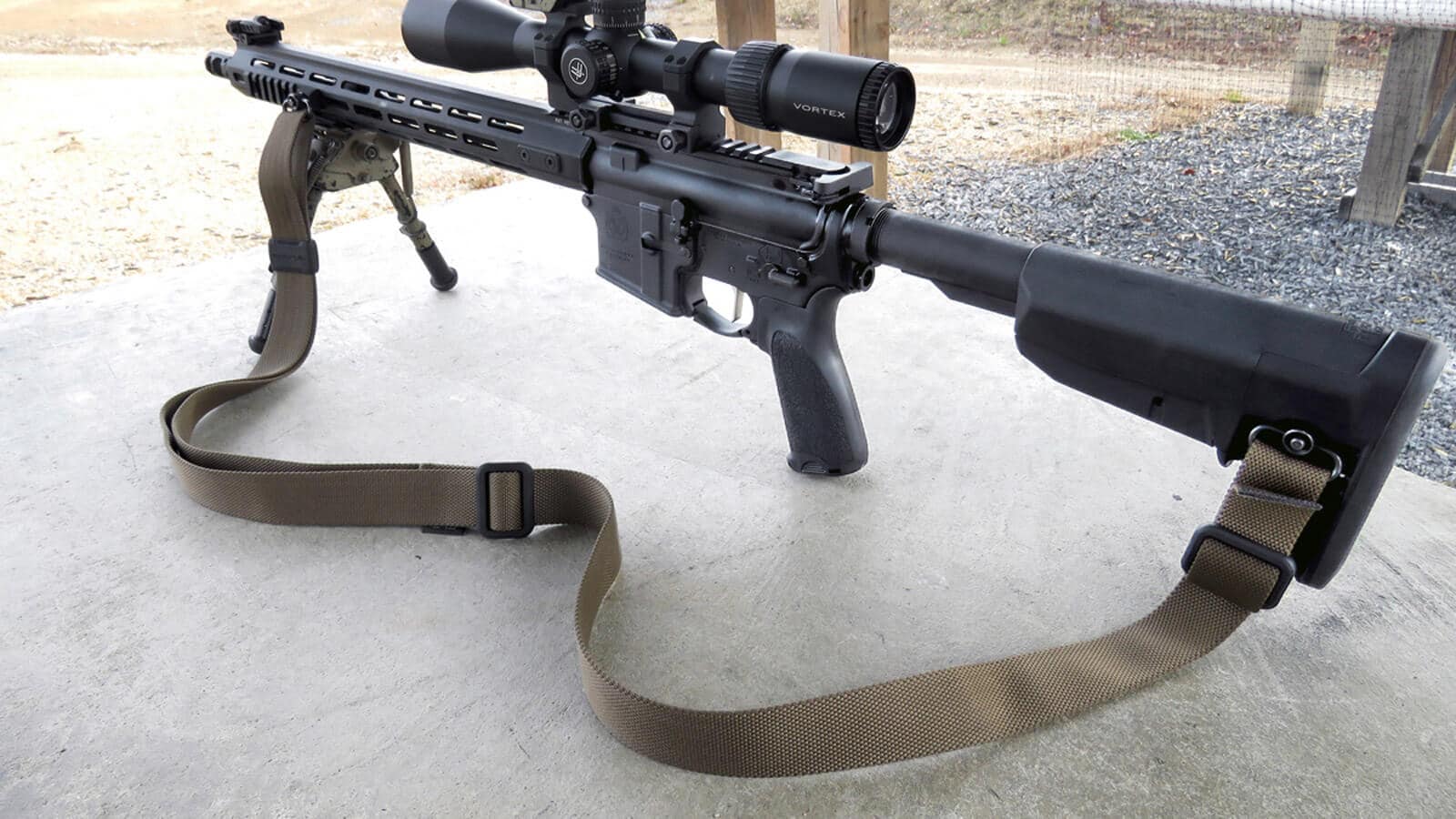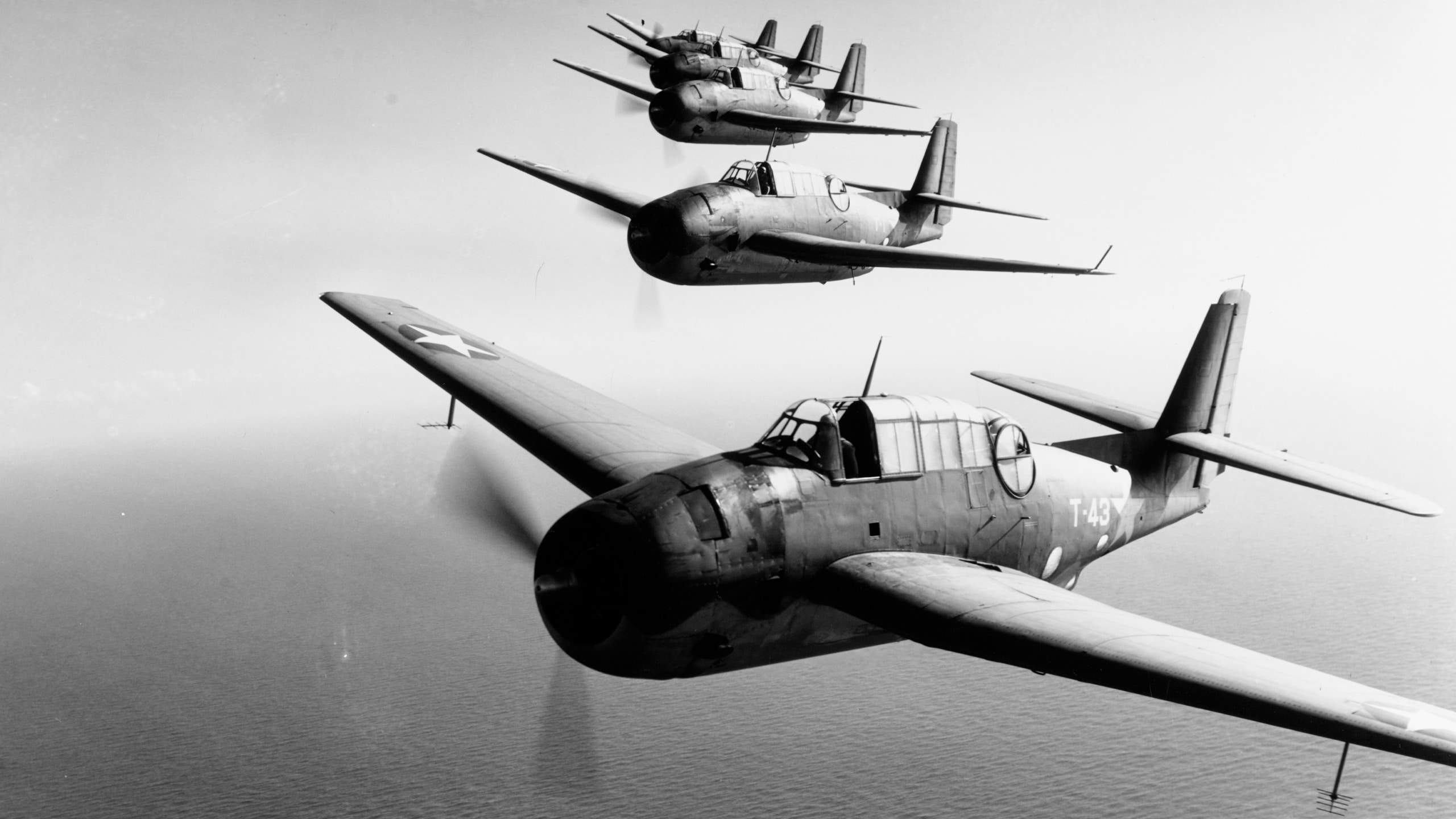A Common Weakness: One-Handed Shooting

This is the time of year where many people make resolutions to improve themselves in some way, like eating healthier, exercising more, quitting smoking or reading more. Noble goals all, but what about those of us who want to improve our shooting skill? For the armed citizen, who exercises his or her right to keep and bear arms, there are many beneficial resolutions one could choose. This year, I have a suggestion that is unlikely to be at the top of anyone’s list but can prove beneficial all the same. This year, consider putting practice time to improve your one-handed shooting.
Why Bother?
At the range, people tend to practice what they’re good at, because it’s fun and they like to show it off. I’m guilty of that myself. If we are trying to improve our skills as armed citizens that carry, however, we’ve got to make sure we’re improving our weaknesses. As a firearms trainer who teaches group classes and private lessons fairly regularly, one of the most consistent weaknesses I see in my students is one-handed shooting, with their dominant hand and especially with their non-dominant hand. Now, if you’re an inexperienced pistol shooter who struggles shooting with a traditional two-handed grip, you should make your primary focus improving on shooting with that optimal two-handed grip. However, if you’re more experienced and find yourself spending your range sessions showing off a decent amount of skill with two-handed shooting, it might be some time for some one-handed work.
Is one-handed shooting with either hand important in any practical way? It certainly can be, and when it becomes important in a defensive gun use scenario it tends to be very important. Convincing people to work on one-handed shooting is the hardest part, since it’s a difficult skill to acquire and it can be a frustrating and humbling process. Rather than try to teach how to improve your one-handed through the written word, here I’m going to focus on why it is such an important skill. There are three primary situations where one-handed shooting becomes an essential skill in a defensive gun use. Let’s examine each of them:
One Hand Injured During the Fight
In the 1986 FBI Miami shootout, eight FBI Special Agents conducted a vehicle stop of two heavily armed bank robbers. In the intense gun battle that followed, two FBI Special Agents and both robbers were killed, and five of the six surviving agents were wounded. Out of the 10 participants in the gunfight, half of them sustained gunshot wounds to the hand, wrist or arm. So it is possible we could find ourselves still in a fight for our lives, and possibly also defending our loved ones, with only one working arm and hand. It follows that we should know how to pick our handgun back up with our one working hand and continue to fight to protect ourselves and our loved ones.
Long-Term Injury
Aside from lethal force encounters with violent criminal actors, life happens. Sometimes we break a wrist or need shoulder surgery, and we don’t have one of our arms available to us for a few weeks. Building solid one-handed shooting skills takes time, and if we wait until we have a cast on our arm from a slip and fall to learn how to shoot effectively with the unaffected hand, we’ve put ourselves at a disadvantage. It also doesn’t help that walking around with a cast on our wrist or our arm in a sling makes us appear more vulnerable to the criminal elements of society, so I’d prefer to keep some one-handed shooting skill on tap in case I unexpectedly need it for a few weeks while rehabilitating an injury. I’ve got friend, who’s a decent shooter, who needed unexpected shoulder surgery on his dominant side a few years ago, and he was able to switch to a left-handed holster for his carry gun and never miss a beat. It would be nice to build that level of skill and peace of mind peace of mind this year, wouldn’t it?
Hands Occupied
Sometimes we need our hands to do more than shoot, even in a defensive gun use situation. On of the classes that we teach at my training company focuses on solving lethal force problems while we’ve got our kids or other loved ones with us. Ideally, if I see an attack coming while holding my toddler, I get my toddler off of and away from me (presuming the attack is directed at me) and solve the problem with an optimal two-handed firing grip. Sometimes that just isn’t possible, because of time constraints, or because I’m holding an infant I just can’t drop on the pavement while I access my handgun. Likewise, depending on the proximity of an attacker, I might need my non-dominant hand and arm to fend off blows or weapons of my attacker, and am forced to do the best shooting I can with one hand on the gun.
Bonus: Reliability
Another aspect of one-handed shooting is that, if it becomes necessary for reasons listed above, being able to do so effectively is an essential aspect of making sure our handgun functions reliably. While this is not an issue for revolvers, semi-automatic handguns require a certain firmness of grip to cycle reliably. Many malfunctions are induced on semi-autos due to “limp-wristing” the gun, meaning not applying enough pressure on the grip and enough rigidity in one’s wrist. Most shooters who’ve been shooting for a while experienced this as a novice before they realized the degree of control we needed to apply to the gun to shoot well. Well, if one isn’t well practiced in one-handed shooting, it is very easy to induce malfunctions due to the same “limp-wristing” phenomenon, particularly with the small semi-automatics that are so popular for carry. If you find yourself with an injured hand or arm from any cause, or with one of your arms occupied, knowing how to shoot one-handed competently is an essential part of keeping your gun from malfunctioning at a most inopportune time.
Conclusion
If you’re looking for a new challenge for this New Year and an area to improve your skills as a shooter, then consider a resolution to make one-handed shooting with each hand a regular part of your range practice. Find a reputable instructor in your area, or at least go to YouTube and watch some instructional videos and then work on your skills in dry practice and live fire. It may not be pretty at first, but you’ll get there if you keep working at it diligently. Even just spending 10 to 20 percent of your range time working on one-handed shooting skill will produce considerable benefit if you’ve never worked on it before. Having to defend yourself when you’re already down one arm because of injury or because you’re holding one of your kids is about as bad and as scary as a situation can get, so resolve this year to improve your one-handed shooting skills. Once you get good, you can even have fun showing off your new skills to your friends at the range. Enjoy and make the most of this New Year, friends.







